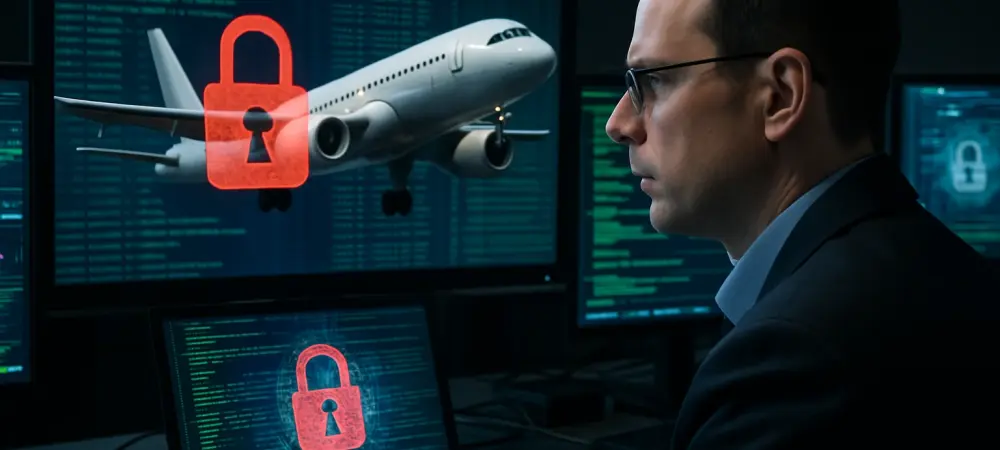The aviation industry has transformed significantly due to rapid advancements in digital technology. Modern airplanes are highly connected data centers, utilizing advanced digital systems to optimize operations and enhance passenger experience. However, this leap forward has also opened up new avenues for cyber threats, making aviation cybersecurity an increasingly vital focus. Recent warnings from agencies like the FBI underscore the urgency of addressing these vulnerabilities head-on, as growing global tensions make a major cyberattack on the aviation sector a more tangible risk.
Safeguarding the Digital Skies
In the modern aviation landscape, cybersecurity stands as a crucial pillar in maintaining both safety and efficiency. It has emerged as an essential aspect of aerospace, alongside traditional safety protocols. The digital transformation embraced by airlines worldwide includes advanced avionics, automated flight systems, and interconnected networks essential for daily operations. As a result, cybersecurity is no longer an auxiliary function but a core component that significantly impacts passengers’ trust and the industry’s overall resilience.
Identifying Vulnerabilities
Threats to Digital Aircraft Systems
Aircraft have evolved into sophisticated digital entities, integrating complex software and onboard communications that facilitate seamless operations. However, these advancements have increased susceptibility to cyber threats. Any unauthorized access or malicious interference in avionics systems could have catastrophic outcomes, underscoring the importance of robust protection measures to prevent potential disaster.
Weak Links in Airline and Airport Systems
Airline reservation systems, crew scheduling, and airport IT infrastructures are frequently targeted by cybercriminals. Instances where data breaches compromise sensitive information or operational capabilities highlight the vulnerabilities within these essential systems. Recent attacks serve as stark reminders that disruptions in these areas can lead to significant operational chaos and potential safety risks.
Innovative Defenses and Progress
The aviation sector is actively pursuing innovative solutions to combat rising cyber threats. Emerging technologies aim to fortify defenses, with industry stakeholders investing in advanced measures to enhance cybersecurity. Efforts such as machine learning-driven threat detection, blockchain for data integrity, and advanced encryption are paving the way for stronger, more resilient cybersecurity frameworks within aviation.
Impacts of Real-World Applications
Successful cybersecurity strategies in aviation often become apparent through industry responses to incidents. Case studies of effectively neutralized threats provide insight into the continually evolving landscape of aviation cybersecurity. These examples demonstrate resilience and preparedness, showcasing industry commitment to advancing protective measures and maintaining operational safety.
Challenges on the Horizon
Technical complexities and regulatory obstacles present ongoing challenges within aviation cybersecurity. Balancing swift adaptation to cyber threats with the industry’s highly regulated environment requires a nuanced approach. Moreover, the need for standardized practices and collaboration at all levels remains critical to ensuring comprehensive security coverage across the aviation network.
Charting the Future of Cybersecurity
Looking ahead, the trajectory of aviation cybersecurity suggests promising developments. Anticipated technological breakthroughs and improved collaboration efforts promise to elevate the industry’s protective measures. Greater emphasis on artificial intelligence and machine learning is expected to further enhance threat detection capabilities, with a focus on minimizing potential impacts on passenger safety.
Conclusions and Future Steps
The current landscape of aviation cybersecurity reveals significant advancements, yet also highlights the pressing need for continued vigilance and innovation. The industry acknowledges the critical role of cybersecurity in safeguarding air travel, and ongoing efforts to strengthen defenses are paramount. As cyber threats evolve, airlines, airports, and regulators must collaborate and adopt best practices to mitigate risks. The focus on proactive strategies and responsive solutions will be essential in securing the future of aviation against the backdrop of evolving digital threats.

